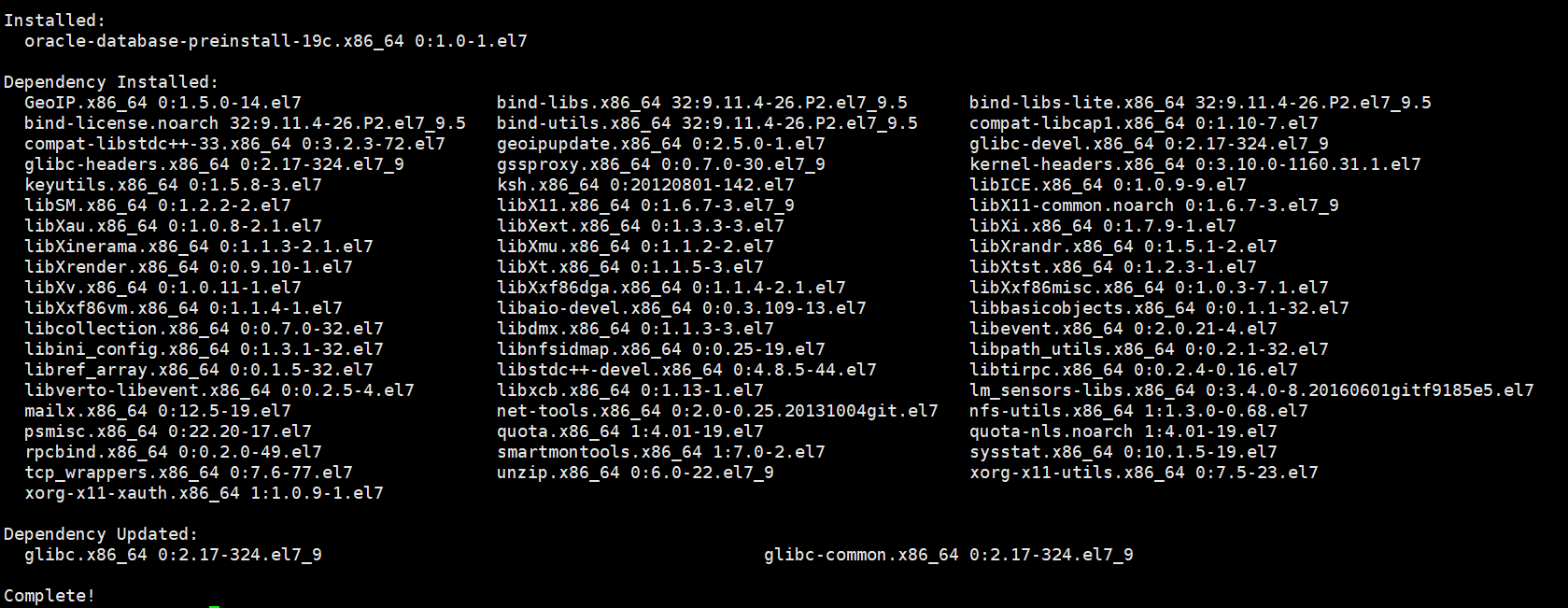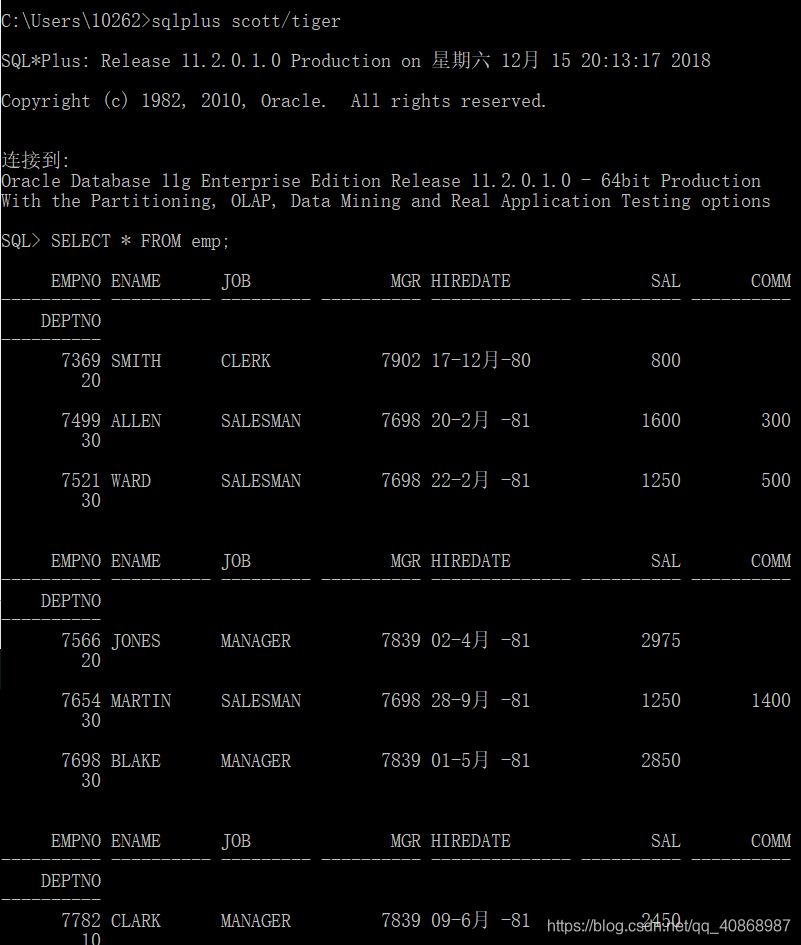Oracle数据库中的异常:没有异常的转移,因为没有受检异常和非受检异常得区分。
1.异常的产生:
2.异常的处理:
declare
--变量定义,初始化赋值。
begin
--变量的赋值,函数调用,if,while等。
exception
--异常处理代码
when others then 异常处理语句。
end;
3.异常的抛出:raise
4.多异常处理:Java的多异常是通过数据类型区分,Oracle数据库的多异常是通过异常编号区分。 区别不同的异常是实现多异常处理前提。
declare
verror exception;--定义异常变量
PRAGMA EXCEPTION_INIT(verror ,-111111);--设定异常变量的编号
begin
--变量的赋值,函数调用,if,while等。
exception
- when verror then 异常处理语句。--所抛出的异常变量的编号是否和设定好的异常变量的编号一致。
- when others then 异常处理语句。--当所抛出的异常编号在exception语句块中不存在时,执行该语句(写在最后)。
end;
5.自定义异常:Java中通过定义一个新的异常类实现的。Oracle中通过异常编号实现的。
eclare
n number(1);
v_error exception;
begin
dbms_output.put_line('抛出单个异常练习--n只有1位不能保存数字10');
n:=10;
if n<=0 then
raise v_error;
end if;
dbms_output.put_line(n);
exception
when others then dbms_output.put_line('数值溢出');
end;
declare
n number(1);
v_error exception;
PRAGMA EXCEPTION_INIT(v_error,-112122);
begin
dbms_output.put_line('抛出多个异常练习');
n:=-1;
if n<=0 then
raise v_error;
end if;
dbms_output.put_line(n);
exception
when v_error then dbms_output.put_line('不能为负');
when others then dbms_output.put_line('数值溢出');
end;
到此这篇关于Oracle PL/SQL异常处理方法解析就介绍到这了。有些事情本身我们无法控制,只好控制自己。更多相关Oracle PL/SQL异常处理方法解析内容请查看相关栏目,小编编辑不易,再次感谢大家的支持!





